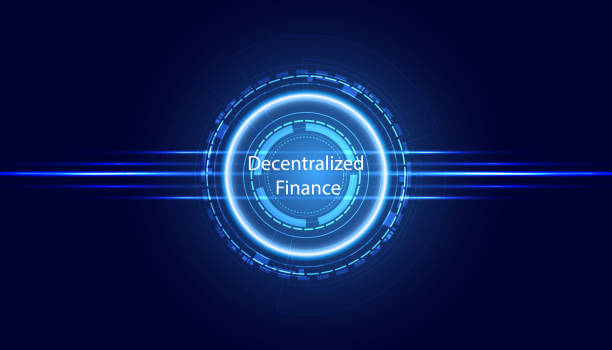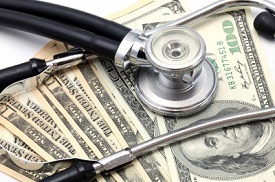Jeremy Grantham, a Brit from Doncaster (and Sheffield Uni) who made it very big in America through his deep understanding of markets (co-founder and chief investment strategist of Grantham, Mayo, & van Otterloo (GMO) in Boston), published a piece a few days ago with the title “Let the wild rumpus begin” which gives you a clue as to how bad the next few months might be.

I’ve already moved one-third of my portfolio to cash in response to bubble worries in conjunction with high inflation, and the likely response of central bankers to that down the road – it’s not going to be pretty.
I summarise Jeremy Grantham’s argument below (his 22 January 2022 essay is at https://www.gmo.com/europe/research-library/let-the-wild-rumpus-begin/).
One of the most remarkable bubbles in history
Grantham, born 1948, has spent a lifetime examining bubbles. Most are what he calls “2-sigma bubbles”. The way he calculates this is to look at the long term trend, say of house prices or share prices and then note where the current prices are in relation to the trend.
If it they are bang on the normal long-term path then there is no deviation, i.e. zero sigma. If it is a very long way from trend – up or down – it is a 2-sigma event (we’ll leave aside the mathematics).
He notes that in the past, even though 2-sigma bubbles move prices way off the long term trend all such defined bubbles in developed countries “have broken back to trend”. That is often through a crash.
Very rarely bubbles can go remarkable extremes, and be 3-sigmas away from the trend. He terms these superbubbles.
This happened in the U.S. in 1929 and 2000 and in Japan in 1989. There were also superbubbles in housing in the U.S. in 2006 and Japan in 1989.
That’s it. There are only these five instances.
Until now, that is.
In all five previous cases the superbubbles corrected “all the way back to trend with much greater and longer pain than average”.
“Today in the U.S. we are in the fourth superbubble of the last hundred years…the wild rumpus can begin at any time.”
This bubble burst could be really bad
A year ago, says Grantham, we had a standard bubble, but the economic policy response to the pandemic has helped morph the bubble to a the category of superbubble.
The situation is even more dangerous than previously because there is not only an equity bubble, but bubbles in,
- Bonds (“high-yield high-risk” bonds in US yield only around 5%, in Europe its 3.3% – not even covering inflation let alone risk, because prices have risen so much. Safety covenants are light),
- Housing (US house prices are 29% more than 2 years ago), and
- Commodities (gas price, etc.).
Combination effects
Adding several bubbles together, as we see today, is very dangerous “when pessimism returns to markets, we face the largest potential markdown of perceived wealth in U.S. history.”
“As bubbles form, they give us a ludicrously overstated view of our real wealth, which encourages us to spend accordingly. Then, as..To read more subscribe to my premium newsletter Deep Value Shares – click here http://newsletters.advfn.com/deepvalueshares/subscribe-1


 Hot Features
Hot Features













